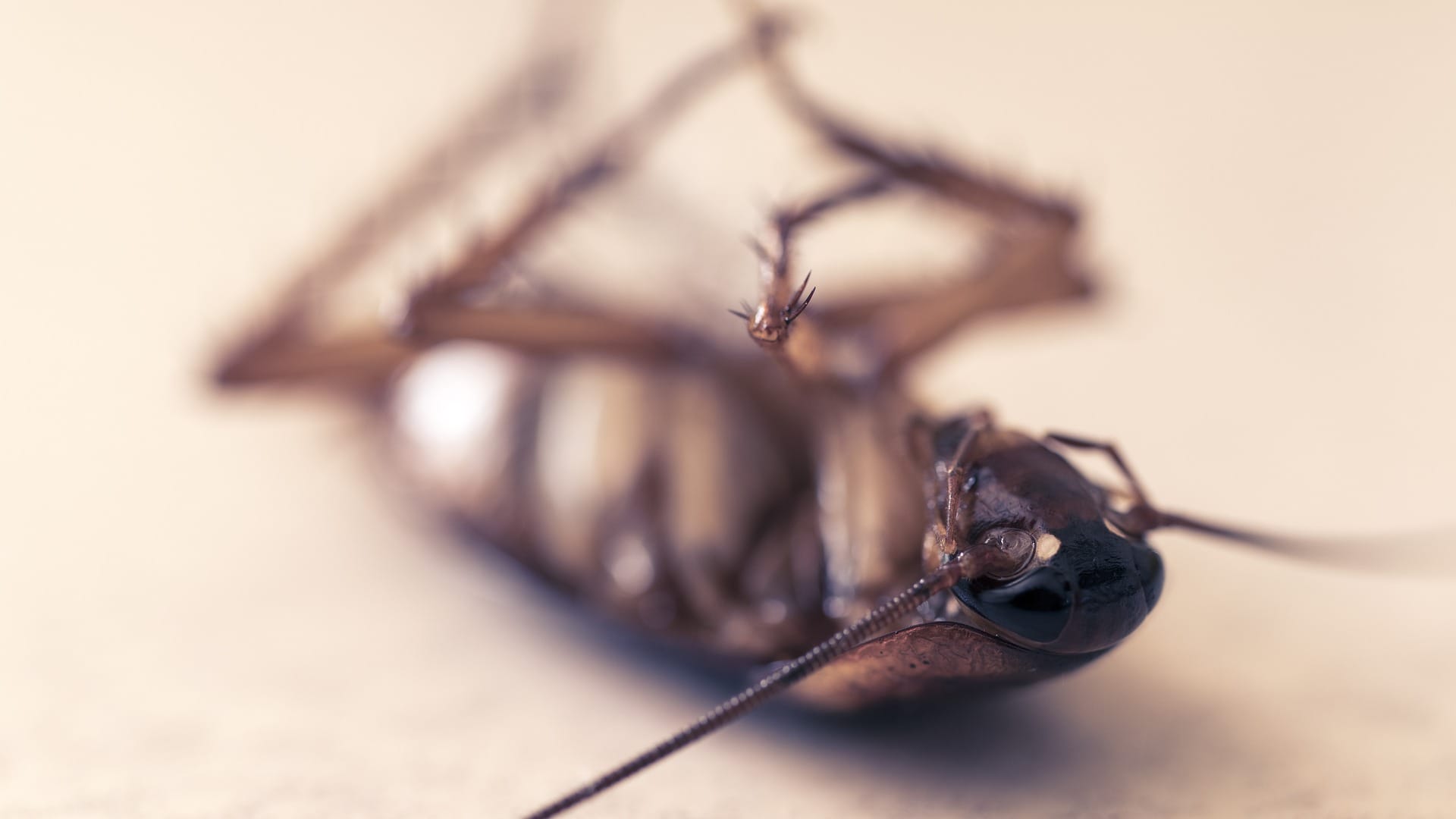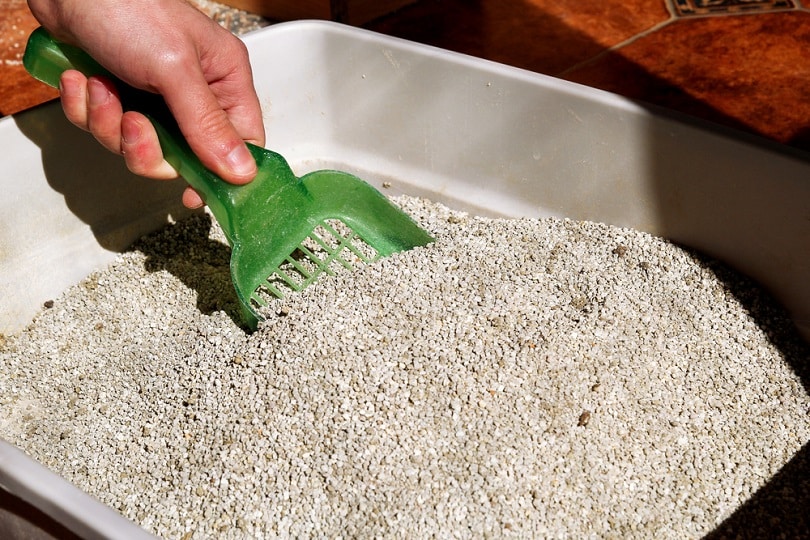Removing your cat’s poop and pee from their litter box is one thing, but in relation to finding nasty little bugs in there, it could possibly be an excessive amount of for a cat parent to bear! What are these tiny insects, and more importantly, how do you eliminate them? Don’t worry—here we walk you thru each step so you’ll be able to 1) turn into a bug expert regarding your cat’s litter, 2) eliminate these pests quickly, and three) be sure they don’t come back.
So, grab your magnifying glass (perfect for a close-up inspection) and your latex gloves, and let’s start!
What Kinds of Bugs Can Be Present in Your Cat’s Litter Box?
Listed here are essentially the most common insects that will invade your cat’s private bathroom.
- Fungus Gnats: These tiny black flies appear like mosquitoes but don’t bite. They sometimes invade our homes when the temperature warms up. They live and breed in decaying organic waste and damp plant beds, probably why your cat’s litter box can attract them.
- Fruit Flies: These tiny, big-eyed pests like to fly around your fruit bowls, especially when bananas are overripe. They appear like fungus gnats, though for those who look closely, it’s possible you’ll give you the option to make out their reddish eyes. You’ll see them flying around not only your cat’s litter box but additionally your trash can and other kitchen waste.
- Phorid Flies: Your cat’s poop is an actual magnet for phorid flies! These little brownish pests are likely to deposit their eggs in animal feces and other decomposing waste. Phorid flies are easily recognized by the bumps on their thoraxes, giving them their nickname, “humpback flies.”
- Cockroaches: These infamous guests need no introduction. Unfortunately, your cat’s litter box could be a haven for these nasty bugs, especially if it hasn’t been modified shortly.
- Silverfish: These may be found throughout your property, especially in humid, warm areas. These shiny, gray, scaly insects with slender bodies can grow as much as 1 inch long. They occasionally wander into your cat’s litter box to feast on decaying waste.
- Maggots: Since they’re fly larvae, the presence of maggots is determined by whether the litter was already visited by flies. Due to this fact, for those who haven’t modified the litter for some time and it’s hot outside (ideal conditions for flies and other insects), you risk finding maggots in there.
- Tapeworms: These tiny, pale, yellow parasites may be quite difficult to identify in your cat’s litter box. Seeing tapeworm segments in feces not only signifies that your cat is infected with tapeworms, but they can also have Indeed, the tapeworm is an intestinal parasite that uses a flea as an intermediate host to enter your cat.
 Image Credit: DaModernDaVinci, Pixabay
Image Credit: DaModernDaVinci, Pixabay
Should You Take Your Cat to the Vet?
Seeing most of those bugs in your cat’s litter box often doesn’t require anything out of your veterinarian, apart from tapeworms. In case you notice tapeworms in your cat’s feces or across the anus, you have to to go to your vet for a correct examination. They may provide a dewormer given in the shape of a tablet or injection to rid your cat of worms, together with anti-flea medication.

The three Ways to Get Rid of Litter Box Invaders
Fortunately, it’s fairly easy to eliminate all of the insects and flies which have taken up residence in your kitty’s litter box.
1. Get Rid of the Whole Litter
It’s time for an enormous clean! Throw the complete contents of the litter box right into a garbage bag that you simply seal rigorously to stop the bugs from escaping.
2. Wash and Disinfect the Box Thoroughly
Wash the box thoroughly with a gentle detergent or litter box cleaner. You can too spray white vinegar, but you should definitely dilute it well, because the remaining acidic smell may postpone your cat. Sprinkling a bit of baking soda diluted in water may be just as effective.
3. Consider Changing the Variety of Litter That You Use
In case you are using organic or “all-natural” litter, this will be the problem. This sort of substrate tends to remain moist, which may attract insects that feed on decaying organic matter. Consider replacing it with a clay-based or silica-based litter, at the least for some time, to see if it makes a difference in your insect problem.
That’s it! You removed all those nasty bugs. But now the actual query is: How do you be sure they never come back?
 Image Credit: Zoran Photographer, Shutterstock
Image Credit: Zoran Photographer, Shutterstock
Methods to Prevent Bugs From Getting Into Your Cat’s Litter Box
The best solution to stop those nasty critters from invading your cat’s toilet is to maintain it clean. Meaning scooping out the poo and urine every single day and washing it thoroughly at the least once per week, particularly for those who use natural litter.
Pro Tip: Ditch the Lid on Covered Litter Boxes
Covered litter boxes are likely to retain moisture, as there’s no outlet for it to flee. This trapped dampness creates a great environment for bugs and flies to multiply, so eliminate the highest for those who can.

Wrapping Up
The mix of moisture, urine, and cat feces makes the litter box an actual magnet for pesky invaders. Worse, they’ll lay eggs within the litter, which may stick with your cat’s paws and spread throughout the home. Fortunately, eliminating these nasty insects is sort of easy, because typically, the infestation will disappear as soon as you clean the litter box thoroughly. Then, all you’ve got to do is maintain good hygiene practices so your feline friend can do their business in a litter box freed from unwanted guests.
Ultimately, although litter box bugs are gross, they’re generally not dangerous. Nonetheless, for those who suspect that your cat has tapeworms, it’s best to take them to the vet.
Featured Image Credit: Recent Africa, Shutterstock

